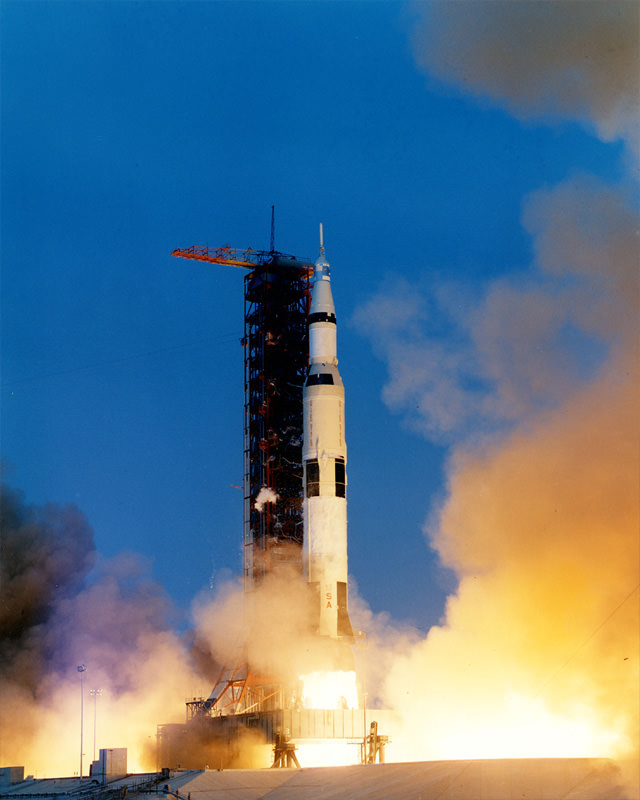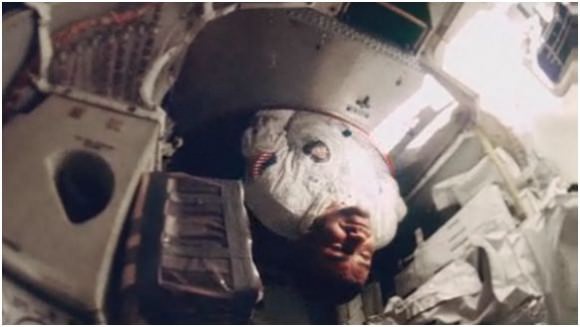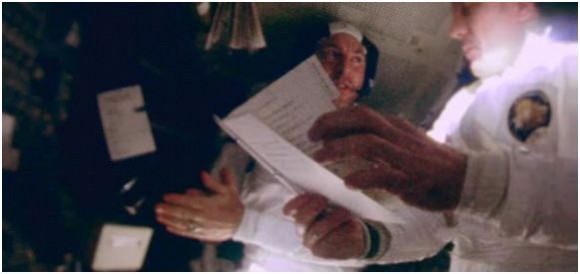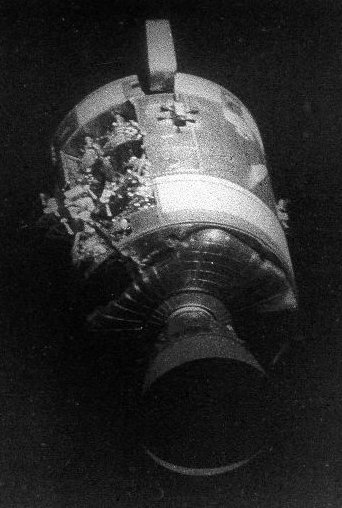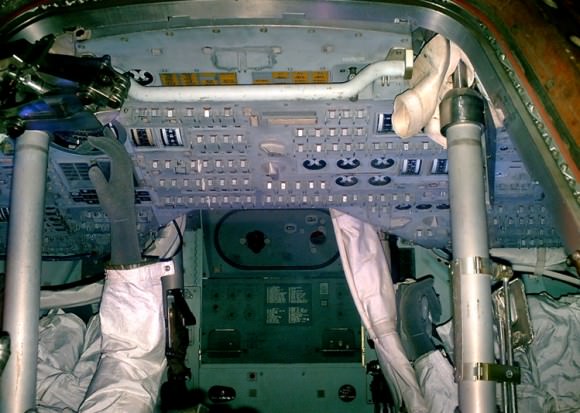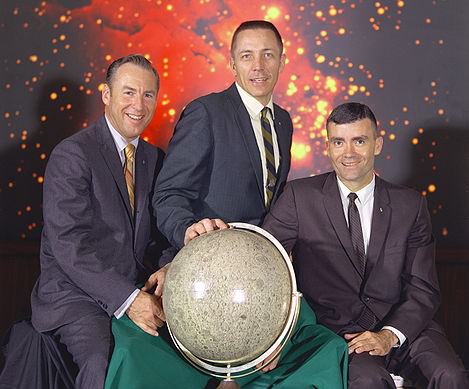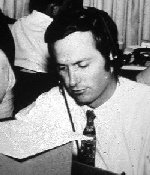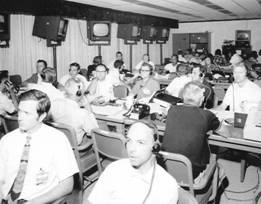[/caption]
Note: To celebrate the 40th anniversary of the Apollo 13 mission, for 13 days, Universe Today will feature “13 Things That Saved Apollo 13,” discussing different turning points of the mission with NASA engineer Jerry Woodfill.
Just 72 hours before the scheduled launch of Apollo 13, Ken Mattingly was removed from the mission and replaced by Jack Swigert from the back-up crew as Command Module Pilot. Charlie Duke, also from the back-up crew caught the measles from one of his children, and exposed Mattingly — the only other member of either the prime or back-up crews who were not immune to the disease. If Mattingly were to come down with the measles, he might contract it while alone in the Command Module while Jim Lovell and Fred Haise were walking on the Moon.
“I think Charlie Duke’s measles contributed to the rescue,” said NASA engineer Jerry Woodfill, who has come up with “13 Things That Saved Apollo 13.” “This is one that probably everyone disagrees with me, but it seems like the astronauts on board were perfect to deal with what happened on the Apollo 13 mission.”
Woodfill says his conviction in no way denigrates the abilities of Ken Mattingly. “Ken was a wonderful crew member,” Woodfill said, “and he is a very detailed guy who helped with the rescue of Apollo 13 in a magnificent way. In the movie, Apollo 13, they capture the essence of how he is an ‘engineer’s engineer’.”

Although, ironically Mattingly and Duke flew together later on the Apollo 16 mission, were it not for Charlie Duke’s measles, Woodfill said that Swigert’s special talents for an Apollo 13-type mission would not have been present.
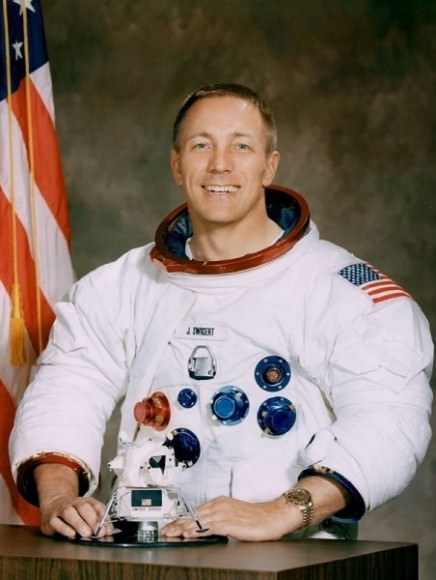
First of all, his physique was better suited to the harsh conditions he experienced in the inoperable Command Module, where he was positioned for most of the flight. Woodfill said that likely, Swigert’s brawn as a former University of Colorado varsity football player better served him to withstand the cold conditions and endure the small amounts of water that the astronauts had to ration among themselves.
Water was one of the main consumables – even more than oxygen – of which the crew barely had enough.
“Mattingly and Haise had about the same build,” said Woodfill, “which was not as robust a build as Swigert and Lovell. Haise ended up with a urinary tract infection because of not getting enough water.”
But more importantly were Swigert’s familiarity with the Command Module and his “precise” personality.
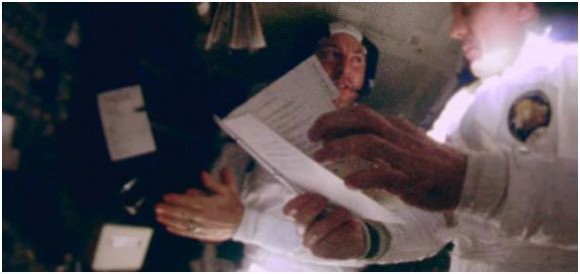
“Among the nearly thirty Apollo astronauts, Jack Swigert had the best knowledge of Command Module malfunction procedures,” said Woodfill. “Some have said that Jack had practically written the malfunction procedures for the Command Module. So, he was the most conversant astronaut for any malfunction that occurred in the CSM.”
Swigert had to quickly and accurately write down the procedure to transfer the guidance parameters from the CSM computers to the Lunar module computers. And the procedure for the reentry of the crew to Earth’s atmosphere had to be re-written, with Mission Control calling up to the crew with hundreds of changes to the original plan. “The team on the ground had to recreate a checklist and a procedural ‘cookbook’ that would normally take three months to create, and they had to do it in just days. Jack had to be accurate when he wrote down these procedures. And the communication system wasn’t always the best – it was sometimes garbled or couldn’t be heard very well. While all the astronauts had to have orderly minds, Jack Swigert was a man of extreme order.”
Woodfill said an account from Swigert’s sister bears out that fact. She at one time asked her brother Jack to put away cans of frozen orange juice and lemon juice in her freezer. When she looked in her freezer later, all the lemon juice cans were lined up in orderly fashion, with the orange juice cans neatly lined up in an adjacent row. Later, she asked her brother why he had neatly lined all the lemon cans in a row then a row of orange juice cans, and according to Woodfill, Swigert answered, “Because “L” comes before “O” in the alphabet.”
“The truth is, Swigert was gifted with a respect for extreme order and precision, and he was onboard for just that reason,” said Woodfill. “Every one of the steps in the rescue checklist had to be ‘in the right order’.”
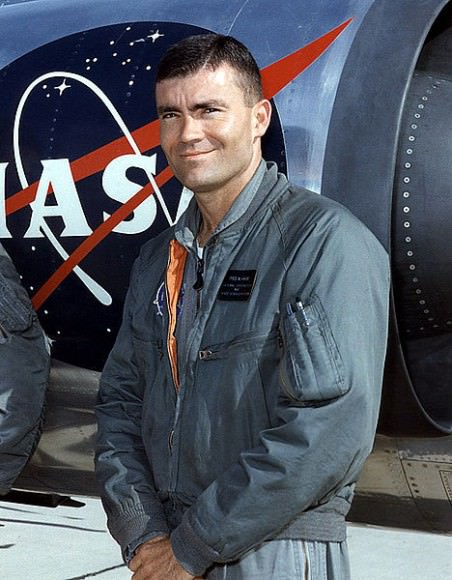
And, equally important, said Woodfill, was the talent Haise brought to recording and rewriting operational procedures. “Fred had been a newspaper stringer for a small newspaper in Mississippi in his youth, taking notes and editing them for his local Mississippi paper’s stories. Utmost among reporters is accuracy in quoting sources. Those transmitted words from mission control had to be flawlessly transcribed if the crew was to survive, and Fred and Jack did an amazing job.
Remarkably, said Woodfill, each man’s talents specifically served the unique need. “Each man exhibited exceptional accuracy in adverse surroundings,” he said. “The lander was noisy, the audio sometimes fuzzy, movement unpredictable, temperatures cold, sleep scarce, and fatigue always present.”
Of course, those familiar with the Apollo 13 story know that Ken Mattingly never got the measles. But the role he played in getting the astronauts back home safely can’t be overestimated.
“Call it luck, call it circumstance,” said Woodfill, “but because of Charlie Duke’s measles the men on board Apollo 13 — and back on the ground — were perfect for the situation they encountered.”
Other articles from the “13 Things That Saved Apollo 13” series:
Part 2: The Hatch That Wouldn’t Close
Part 4: Using the LM for Propulsion
Part 5: Unexplained Shutdown of the Saturn V Center Engine
Part 6: Navigating by Earth’s Terminator
Part 8: The Command Module Wasn’t Severed
Part 12: Lunar Orbit Rendezvous
Part 13: The Mission Operations Team
Also:
Your Questions about Apollo 13 Answered by Jerry Woodfill (Part 1)
More Reader Questions about Apollo 13 Answered by Jerry Woodfill (part 2)
Final Round of Apollo 13 Questions Answered by Jerry Woodfill (part 3)
Never Before Published Images of Apollo 13’s Recovery
Listen to an interview of Jerry Woodfill on the 365 Days of Astronomy podcast.


